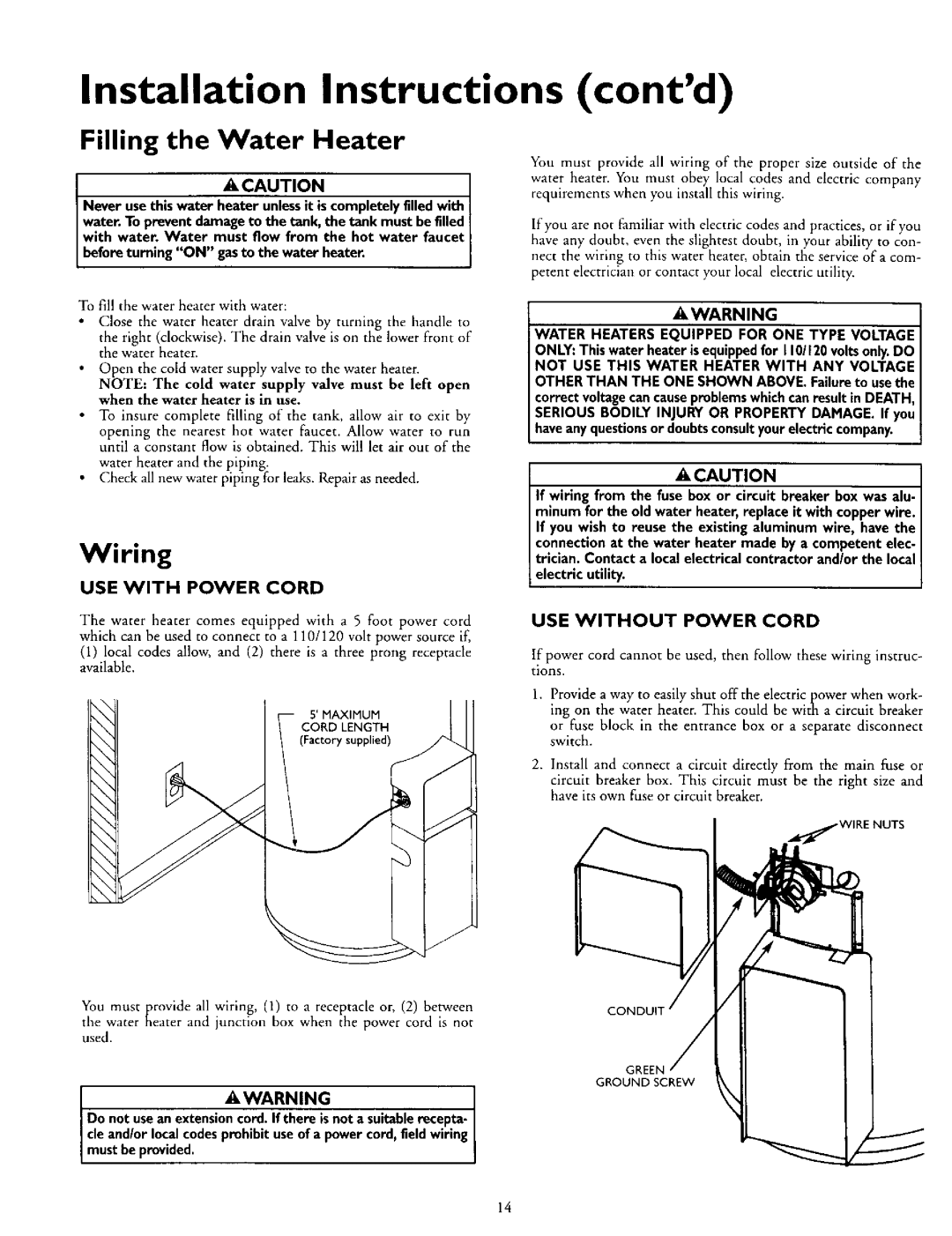153.335862, 153.335942, 153.335916, 153.335962, 153.335845 specifications
The Kenmore 153 series, comprising models 153.335916, 153.335942, 153.335962, 153.335845, and 153.335862, is renowned for its innovative design and exceptional performance in household appliances. These models are predominantly known for their washing machines and dryers, which have become staples in modern homes.One of the standout features of the Kenmore 153 series is its advanced wash technology. Each model incorporates a high-efficiency system designed to reduce water consumption while maximizing cleaning power. The patented triple-action agitator ensures thorough cleaning by moving clothes in multiple directions, providing better agitation and fabric care. This technology not only ensures a deeper clean but also helps in preserving the integrity of fabrics over time.
Energy efficiency is another hallmark of the Kenmore 153 series. Many models are ENERGY STAR certified, which means they meet stringent energy efficiency guidelines set by the U.S. Environmental Protection Agency and the Department of Energy. This leads to significant cost savings over time, making them a smart choice for eco-conscious consumers looking to reduce their environmental footprint.
The Kenmore 153 series also emphasizes user-friendly features. With intuitive control panels and easy-to-read displays, these machines make laundry tasks simpler. Some models include a variety of customizable wash cycles, allowing users to select the optimal settings for different types of fabrics and soil levels. The quick wash and dryer cycles are particularly beneficial for those with busy lifestyles, reducing the time spent on laundry.
Noise reduction technology is another advantage. The Kenmore 153 series is designed with sound-dampening materials and features that minimize operational noise, making them ideal for homes where quiet is preferred, such as during nighttime laundry routines.
In terms of build quality, these models are constructed with durable materials aimed at longevity and reliability. Users can expect years of dependable service, with many designs offering warranties to back their durability claims.
In conclusion, the Kenmore 153 series, including models 153.335916, 153.335942, 153.335962, 153.335845, and 153.335862, encapsulates a blend of advanced laundry technologies, energy efficiency, user-friendly features, and robust build quality. These attributes make them a valuable addition to any household, simplifying the laundry process while delivering excellent results.

